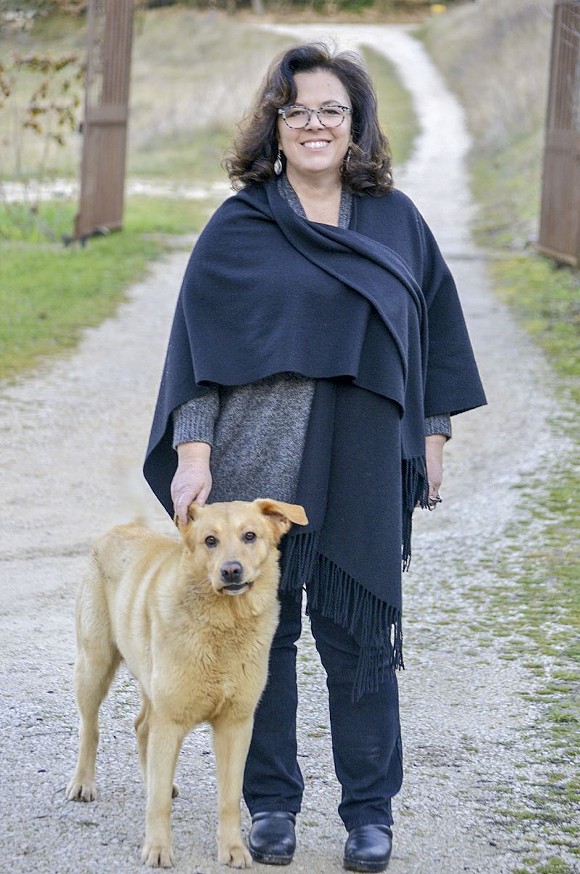YOU CAN look the other way. You can turn off the TV. But it won’t stop reality.
Humanity is experiencing its greatest refugee crisis since WWII, with conflict and persecution forcing millions to flee places like Syria, Afghanistan and Iraq.
And, right on schedule, across Europe and America, the crisis has given rise to the predictable, racist and xenophobic response: populists and fascists telling you to fear an enemy. Writer Gwen Strauss thought this would be a great subject for a children’s book.
“The majority of the refugees in the world right now are under 18,” she says. “I just feel like the refugee story is a children’s story that needs to be told to other children.”
Only Strauss didn’t write about the Middle East or today’s headlines. She went back into her own family history to weave a kid-friendly tale about hope, struggle and survival in the midst of an earlier conflict, the one whose mistakes we said we’d never allow again.
The Hiding Game, illustrated by Herb Leonard, is an intense and colorful run through the story of an “American Schindler,” Varian Fry, who in 1940-1941 successfully hid and saved Jews and anti-Nazi refugees in Vichy France. The work was incredibly dangerous.
“He was working against all odds to smuggle, to create escape routes, to wrangle visas,” Strauss says of Fry’s illegal efforts, conducted under the cloak of a legal group called the Emergency Rescue Committee. “They got 2,200 people that way out of France.”
Fry had helpers, of course. And one of them was Strauss’ great-uncle, Danny Benedite, a Paris policeman who preferred exile in the south to Nazi collaboration.
“My uncle went to meet him and Varian immediately recognized that this was someone he needed.”
Some of the refugees Fry and Benedite helped save include French writer Andre Breton, German painter Max Ernst and Czech composer Bohuslav Martinu. The artistry of these refugees made Fry and Benedite’s villa in southern France a place of beauty and song.
This aspect of the book enlivens the story as told through the eyes of a girl, Aube, who spends each day singing, playing games and making art. “These fascist governments work with fear. That’s their tool. That’s how they get power and keep power,” Strauss says. “And so these artists thought, the way we have to fight back is by joy and laughter.”
Frankly, that’s another lesson worth highlighting in bold. A lot of today’s resistance fighters are just plain angry and sad. Maybe they have rights to be. But a strong message of Strauss’ The Hiding Game is that art, play and song are all forms of salvation.
“They believed we’re going to show them that they can’t crush us,” she says. “We’re going to maintain our humanity, our creative liveliness and in that way we will show power that they can’t squash the human spirit.”
Strauss lives in Marseilles today but worked at SCAD for several years and once led the college’s Lacoste campus. Earlier this year she visited Savannah for the book launch. That’s when she told me that Aube, the girl telling the book’s story, is a real life person.
“Aube’s family bought a house right next to where my grandmother lived,” she says of the Loire Valley, where many artists later settled. Aube is Aube Breton, the writer’s daughter, put by Fry and Benedite, along with her father, on a ship to the US in 1941.
Who are the Aubes and Bretons waiting in camps today? Who are today’s Frys and Benedites? Strauss’ book is a great way to ask these questions and share some little-known history about a man, Fry, now considered “Righteous Among Nations.”


